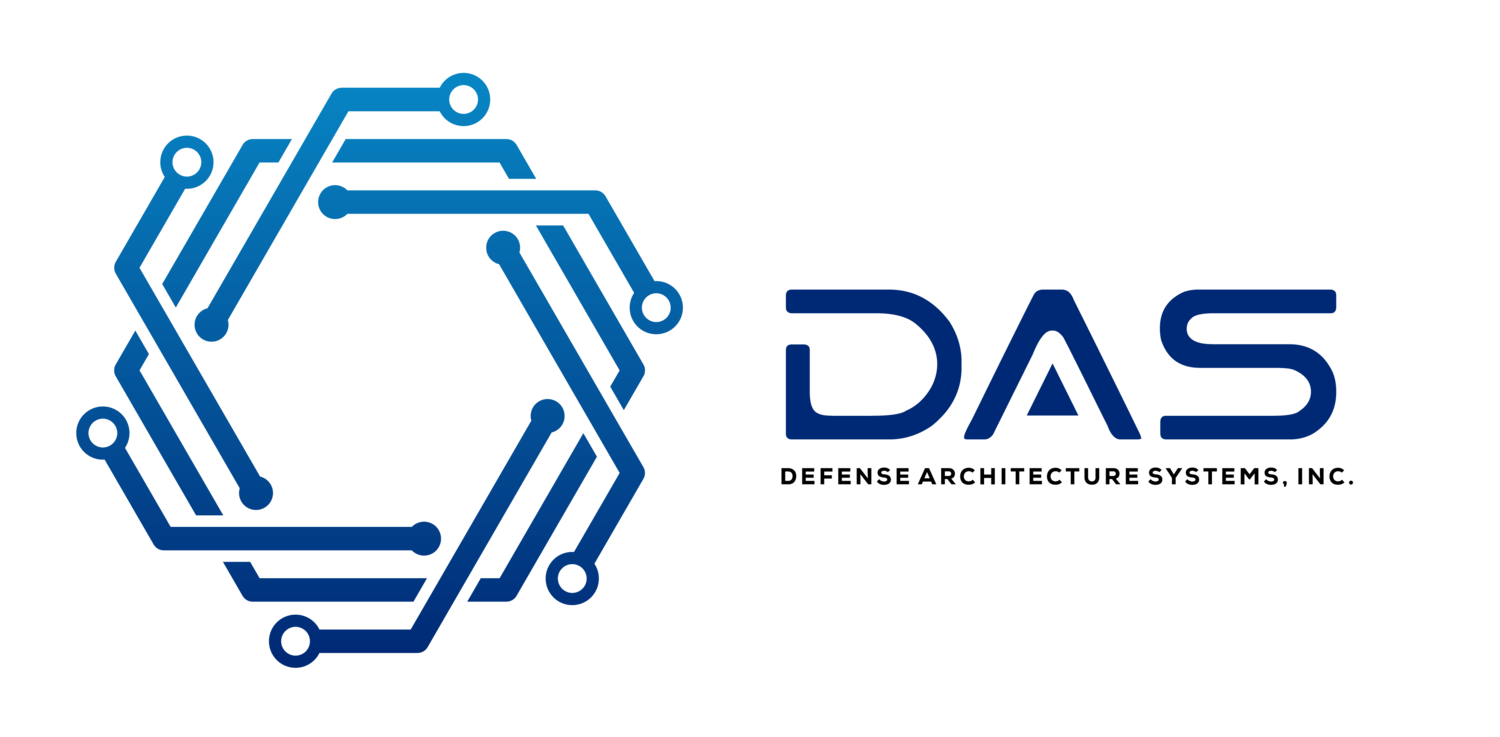There are myriad benefits of actively involving end users in the product development process. By examining three crucial areas, we demonstrate how this collaboration can lead to more effective and user-centric products. Firstly, end users' insights into the problems they face with current tools provide invaluable information to developers. Secondly, the operational protocols of end users can sometimes hinder innovation, making it essential to understand and adapt to these constraints. Lastly, gaining end user buy-in not only fosters a sense of ownership but also enables developers to identify areas where advancements are most welcome.
End Users as a Source of Valuable Insights
One of the primary advantages of working closely with end users in product development is their ability to provide profound insights into the problems they encounter with their current tools. End users, being the individuals who interact directly with products, possess firsthand knowledge of what works and what doesn't. This knowledge is invaluable for developers seeking to create effective solutions. Whether military, first responder or civilian, a regular user’s insights must be incorporated into the development for multiple reasons
1.) Identifying Pain Points: End users can articulate the specific pain points they experience with existing tools or products. By listening to their feedback, developers can gain a clear understanding of the issues that need to be addressed, thus guiding the development process in the right direction.
2.) User-Centered Design: Incorporating end user feedback into the design process fosters a user-centered approach. This approach ensures that the final product is tailored to meet the needs and preferences of the target audience, leading to higher user satisfaction and adoption rates.
Overcoming Operational Protocols
End users often work within established operational protocols and workflows, which may limit the incorporation of game-changing advances. However, understanding and working within these constraints is essential for successful product development.
1.) Compatibility with Existing Workflows: Developers who collaborate closely with end users can design products that seamlessly integrate into the users' existing workflows. This reduces disruption and resistance to change while promoting the adoption of innovative features.
2.) Incremental Improvements: Working within existing operational protocols doesn't preclude innovation. Instead, it encourages developers to make incremental improvements that enhance user productivity without radically altering established practices.
Gaining End User Buy-In
Gaining the buy-in of end users is essential for the successful adoption of new products. Collaboration with end users in the development process can help foster this crucial sense of ownership. Caution should be used when working with end users that can also negatively impact the selection of technology or operational protocols. Without adequate coaching, and a clear understanding by the testing community, a bad early experience can destroy future product credibility regardless of the ultimate results. A track record of “we used it and it was terrible” can become the mantra of truly operational organizations.
1.) Early Feedback and Testing: Involving end users in the development process allows for early feedback and testing. This iterative approach not only refines the product but also ensures that end users feel heard and valued.
2.) Careful Selection of Representatives: The process of selecting end user representatives should be done carefully to ensure that they are truly representative of the user base and have a constructive mindset. Careful screening can help prevent negative attitudes or biases from affecting the development process.Addressing User Needs: By actively engaging with end users, developers can align their efforts with user needs and expectations. This alignment increases the likelihood of acceptance and enthusiasm for the final product.
3.) User Advocacy: End users who are involved in the development process often become advocates for the product. Their firsthand experience and understanding of the development journey can help drive adoption among their peers.
Conclusion:
Incorporating end users into the product development process offers a multitude of advantages. Identifying and working with early end users provides invaluable insights into existing problems, helps developers/designers navigate operational protocols, and enables the identification of areas where advancements would be most welcome. Ultimately, this collaborative approach results in products that are not only more effective but also more readily embraced by the target audience. To succeed in today's competitive market, businesses and developers must recognize the significance of working closely with end users throughout the development lifecycle. However, to ensure a positive impact on the final product and adoption, it is vital to exercise caution when selecting end user representatives and foster an environment of constructive collaboration throughout the development lifecycle. At DAS, when possible, we work closely with users and our clients to understand the intent, not just the operational parameters, of the capability being developed.




